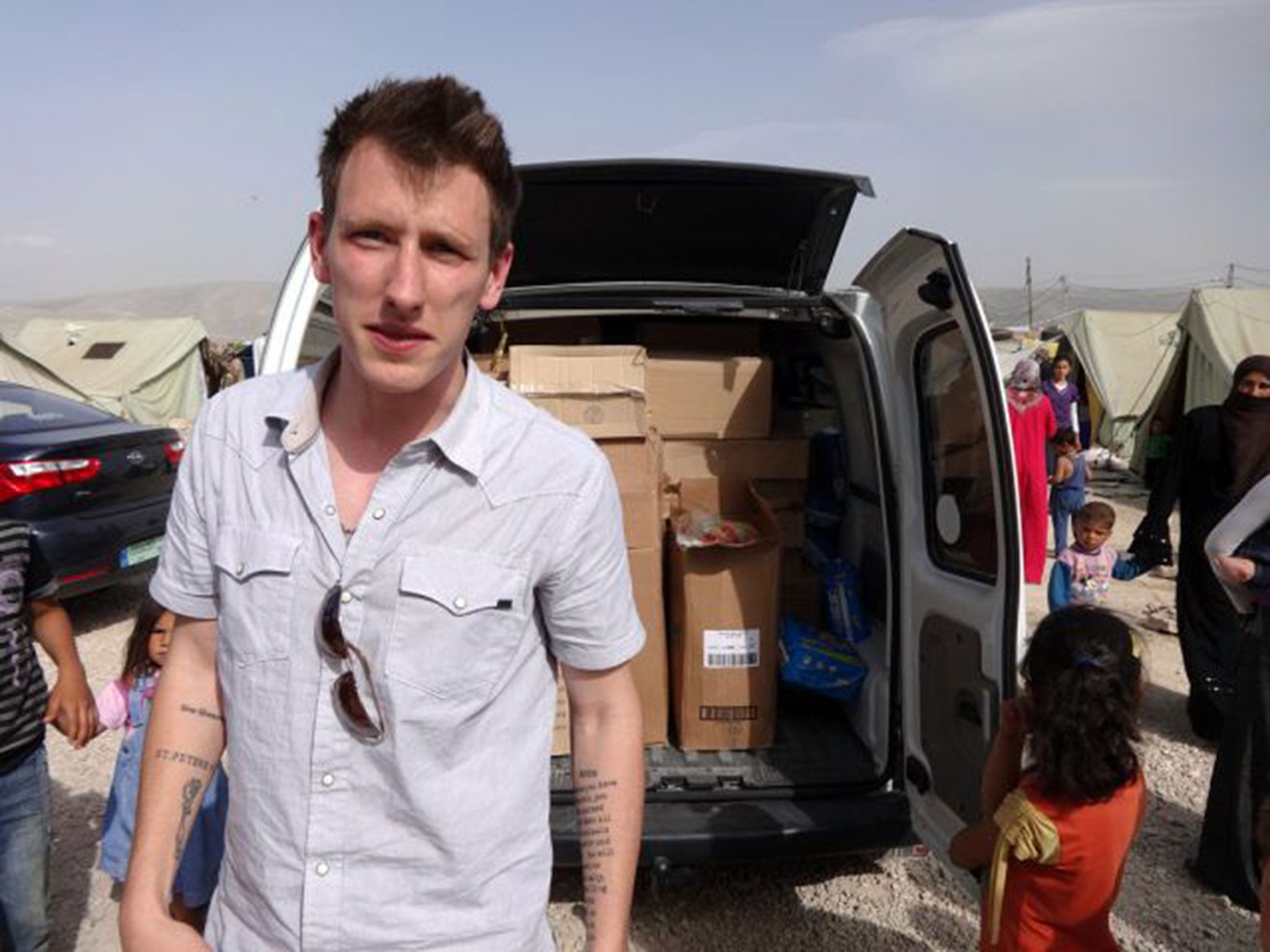Abdul Rahman Peter Kassig ‘died from gunshot rather than decapitation,’ suggest researchers
Mr Kassig was kidnapped by Isis on 1 October last year in Syria

Your support helps us to tell the story
From reproductive rights to climate change to Big Tech, The Independent is on the ground when the story is developing. Whether it's investigating the financials of Elon Musk's pro-Trump PAC or producing our latest documentary, 'The A Word', which shines a light on the American women fighting for reproductive rights, we know how important it is to parse out the facts from the messaging.
At such a critical moment in US history, we need reporters on the ground. Your donation allows us to keep sending journalists to speak to both sides of the story.
The Independent is trusted by Americans across the entire political spectrum. And unlike many other quality news outlets, we choose not to lock Americans out of our reporting and analysis with paywalls. We believe quality journalism should be available to everyone, paid for by those who can afford it.
Your support makes all the difference.Peter Kassig, an American hostage who is believed to have been decapitated by the self-proclaimed Islamic State, could have died after having been shot.
A senior face and neck surgeon examined the footage of Mr Kassig, a Muslim convert who changed his name to Abdul Rahman, and said that, of what looks like a bruise above his eyebrow, the "immediate gut reaction was a gunshot wound".
The mark on his face is apparently not visible to the naked eye during the video. Mr Kassig, 26, was a former soldier and is understood to have travelled to Syria and Lebanon two years ago as a humanitarian aid worker.
He was captured by Isis on 1 October last year and converted to Islam shortly after he was captured. His parents appeared in a video two days later to plead for his release and to stress that his conversion to the faith was not forced by the militant group.
"It is impossible to know [it was a gunshot wound] for certain. The fact that his body wasn't in the video at all is very important and did ring alarm bells," said Charlie Winter, a researcher for counter-extremism think-tank Quilliam.
Isis propaganda-makers - who use expensive Hollywood-standard Avid editing software costing up to $200,000 and spend hours producing each video - always take care to show the body to show it was a real execution, Mr Winter added.
Researchers added that the lack of statements from Mr Kassig and the ringleader known as "Jihadi John" suggests that something went wrong with the execution that Isis planned, such as the hostage struggling or refusing to read out a statement they requested for the video.
There are 22 Syrian soldiers lined up to be beheaded by 22 Isis fighters of different nationalities and ages who appear unmasked in the longer version of the footage.
All appear to show their faces apart from Jihadi John, who speaks with a British accent, however it is suspected that there is one more fighter that conceals his identity and acts as a body double and decoy for him in case of airstrikes.
Only one of the killers, a 22-year-old French convert to Islam named Maxime Hauchard, has been formally identified and several other countries are investigating the nationalities of the other men.
It was also found that the lighting and shadows in the video show that it was shot over the space of four to six hours in multiple sessions, with the men standing around talking to each other in between takes.
Join our commenting forum
Join thought-provoking conversations, follow other Independent readers and see their replies
Comments